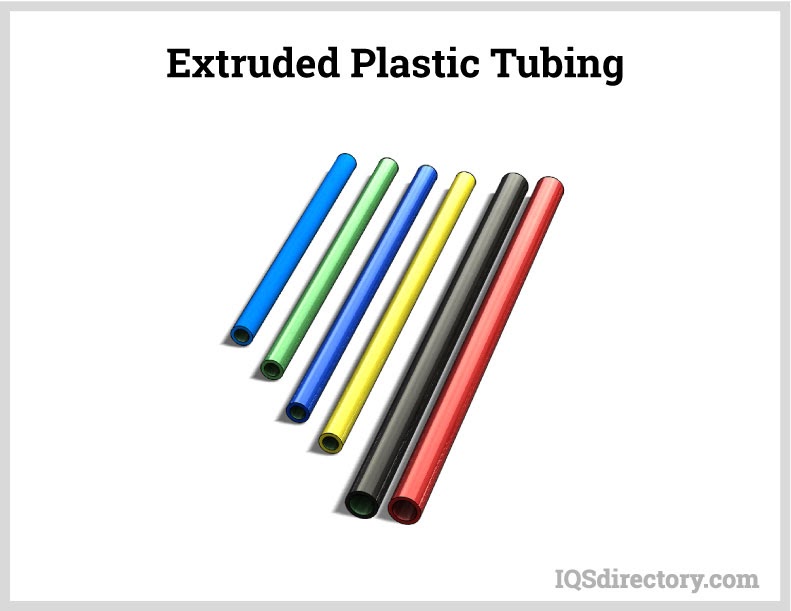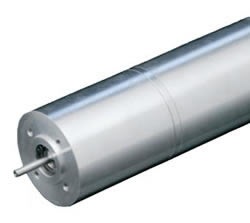Couplings allow for easy connection of pipes and hoses and provide a way to close off the line using internal seals and valves. Read More…
Kent Rubber Supply has been a trusted supplier of industrial couplings and fittings since 1946. Offering all of the connections that you need for your industrial fitting, securement, accessories, and industrial coupling needs. Using our up-to-date assembly process, we can confidently supply all your coupling and fitting solutions.

At Ryan Herco Flow Solutions, we are dedicated to providing high-quality quick release couplings that keep our customers’ fluid handling systems operating with efficiency and reliability. Our quick release couplings are engineered to deliver secure, leak-free connections while allowing fast and easy disconnection, reducing downtime and simplifying maintenance across a wide range of applications.

At VACCO Industries, we take pride in being a trusted provider of precision-engineered solutions that serve demanding applications across aerospace, defense, and industrial markets. Our expertise extends to the design and manufacturing of quick disconnect couplings that are built to deliver reliable performance in critical environments.

At Dixon Valve and Coupling Company, we take pride in being a trusted leader in the design and manufacture of high-quality quick disconnect couplings that keep industries moving efficiently and safely. Our quick disconnects are engineered for reliability, allowing operators to easily connect and disconnect hoses, lines, and equipment without tools or leakage.

CEJN® manufactures several types of couplings, including quick connect couplings, hose couplings and hydraulic couplings that are applied in the areas of pneumatics, breathing air, hydraulics and other fluids. For over 40 years, we have been a mainstay for applications in pneumatics, water and chemicals.

Since 1969, Safeway, a division of The Specialty Mfg. Co. has been a manufacturer of quick action couplings, hydraulic couplings, and other quick couplings in a variety of materials and sizes, with numerous thread styles available. Our quick couplings are standard on skid-steer loaders, agricultural, construction, mining, rescue, mobile and off-shore equipment. All of our products are made 100%...

More Breakaway Coupling Manufacturers
Breakaway couplings are designed to permit a steady flow of material until excessive force is exerted on the coupling. Operators sometimes mistakenly begin to pull their vehicle or ship away while the loading arm or hose is in a compromising position and facilitating product flow. A spill of hazardous material could be harmful for nearby personnel in addition to the environment.
Wasted product is also expensive, and the transfer equipment could be damaged, requiring time and money to fix. In a breakaway coupling, however, two internal valves instantly close to prevent spillage and product loss. The coupling pulls apart to avoid damage to the system and can be reassembled quickly by one person without tools or spare parts.
The system operates independently of any other safety system and does not require electricity or power. Breakaway couplings are typically made of stainless steel or aluminum, though research is being conducted to determine if brass would also be suitable. These couplings are used mainly to guard against the unintended pull-away of trucks, rail cars and ships during the loading or unloading process.
Most couplings are comprised of a male plug that is inserted into an opening in the female component. The valves inside vary depending on the application and the required quality of the seal. Breakaway couplings frequently use a butterfly system where the two inner valves have smaller discs that normally lay parallel to the coupling without obstructing or interrupting the flow of material.
When a predetermined load of force is applied, the discs snap shut against the valves, stopping the flow and shutting off the hose or pipe. If enough force is applied, the two halves separate from each other, which releases the small volume of product that was trapped between the valves. Breakaway couplings are very similar to quick disconnect couplers as well as dry disconnect couplings in their ability to close off the line.
Quick couplings vary in effectiveness according to their usage. For example, leaking air from a pneumatic system is not as dangerous as a system that handles oil, and therefore the coupling may have a lower quality seal. Similar to breakaway couplings, dry disconnect couplings are used in sanitary conditions or with hazardous materials, but they usually must be manually separated; they do not automatically close and break away with excessive force.












 Ball Bearings
Ball Bearings Ball Screws
Ball Screws Electric Motors
Electric Motors Friction Materials
Friction Materials Gears
Gears Quick Release Couplings
Quick Release Couplings Shaft Couplings
Shaft Couplings Speed Reducers
Speed Reducers Timing Belting
Timing Belting Castings & Forgings
Castings & Forgings Bulk Material Handling
Bulk Material Handling Electrical & Electronic Components
Electrical & Electronic Components Flow Instrumentation
Flow Instrumentation Hardware
Hardware Material Handling Equipment
Material Handling Equipment Metal Cutting Services
Metal Cutting Services Metal Forming Services
Metal Forming Services Metal Suppliers
Metal Suppliers Motion Control Products
Motion Control Products Plant & Facility Equipment
Plant & Facility Equipment Plant & Facility Supplies
Plant & Facility Supplies Plastic Molding Processes
Plastic Molding Processes Pumps & Valves
Pumps & Valves Recycling Equipment
Recycling Equipment Rubber Products & Services
Rubber Products & Services